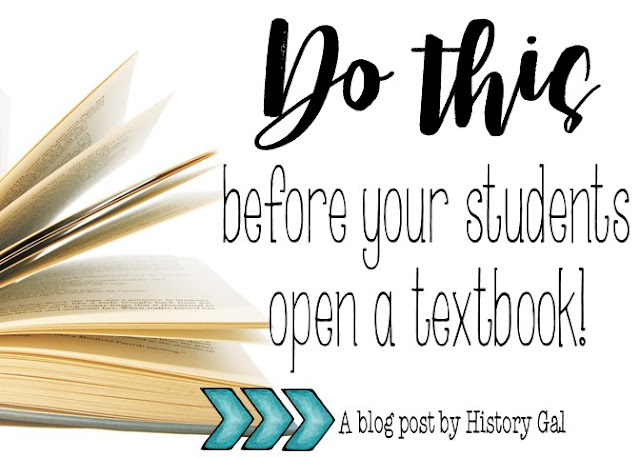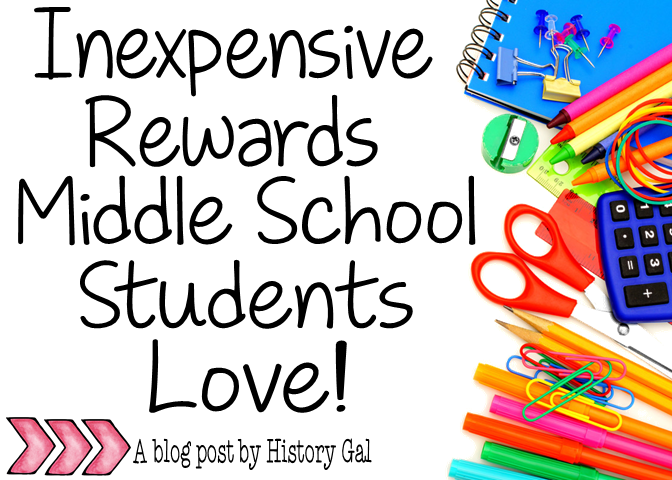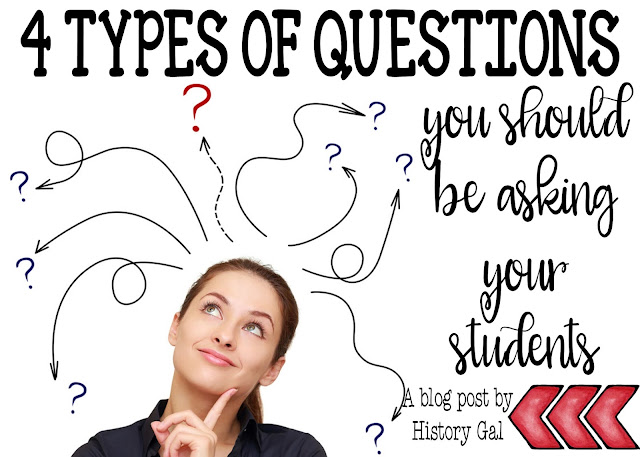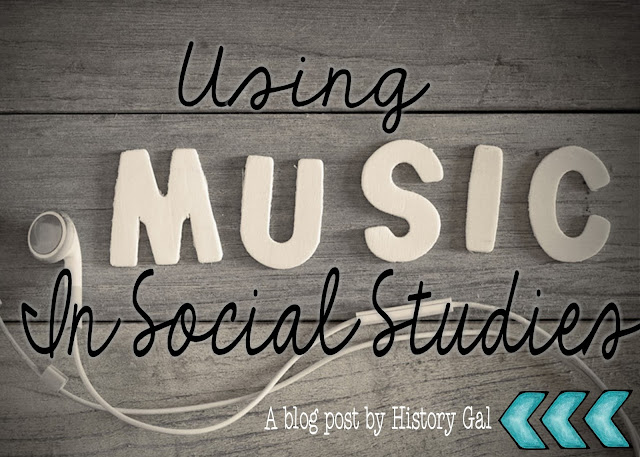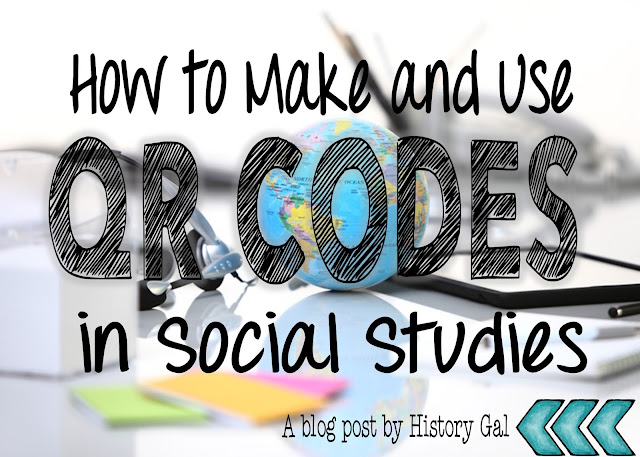As teachers, we know how important it is to introduce our students to a variety of perspectives and experiences in history. Yet, textbooks don’t always highlight diverse voices front and center. That’s why Black History Month gives us such a powerful opportunity to pause, reflect, and intentionally bring these essential stories into the spotlight. If you’ve ever found yourself scrambling in February to add in last-minute lessons, you’re not alone! I’ve been there too. That’s why I pulled together some of my favorite Black History Month activities that will help you create meaningful, engaging learning experiences for your students.
Why Black History Month Activities Matter
Black History Month is more than a calendar event. It’s a chance to honor the impact African Americans have had in shaping our country. When our students engage in Black History Month activities, they not only learn about
key historical figures, but they also start to see how deeply interconnected these stories are to every chapter of U.S. history.
Taking time in February to highlight these narratives helps our students connect with themes of resilience, justice, creativity, and leadership. It also provides representation that all our students need to see. When our students understand that Black history is American history, they begin to approach the subject with curiosity and respect.
That’s why dedicating time to intentional Black History Month activities is such an impactful step. It reminds our students that diverse stories belong at the heart of our classrooms.
Interactive Black History Month Activities
One of the best ways to help our students connect with history is through interactive experiences. For example, spoken word poetry, jazz, and hip hop all provide powerful entry points into learning. Try playing a poem or song from a Black artist. Then, invite your students to create their own piece inspired by what they heard. A classroom poetry slam or song showcase can turn history into something personal and unforgettable.
Another idea is a gallery walk related to the Civil Rights Movement or notable Black leaders. You can use my Civil Rights Movement Timeline Hunt. It's a ready-to-go timeline scavenger hunt focused on the Civil Rights Movement. This learning activity gives your students a chance to walk through and see pictures, learn about important events, and fill out a handout to help retain the information.
These interactive Black History Month activities move students beyond memorization. They give them the chance to think, create, and express themselves while engaging with the material in meaningful ways.
Reading and Writing Black History Month Activities
Books are such a natural way to celebrate Black History Month. From picture books to biographies, stories written by and about African Americans allow our students to see history through many lenses. Choose a
mix of texts so your students can explore both well-known figures like Rosa Parks and Martin Luther King Jr., as well as less commonly highlighted leaders, inventors, or artists.
Pairing reading with writing is another great way to make Black History Month activities meaningful. After finishing a read-aloud or independent reading, invite your students to write reflections, letters, or journal entries as if they were part of that historical moment. These kinds of prompts check comprehension but also build empathy and connection.
Poetry and primary sources are also perfect for this month. You can have your students analyze a short poem or speech. Then, they can write a response piece that captures their personal reaction. These activities make reading and writing authentic, giving your students a voice alongside the voices they’re studying.
Creative Black History Month Activities
Art, music, and performance bring history alive in a way that lectures just can’t. You can have your students research African American artists or musicians and create their own projects inspired by that style. For example, after studying Jacob Lawrence’s artwork, your class could design a mural that reflects themes of justice and equality.
Classroom performances are another engaging option. You can have your students perform short skits about pivotal events in Black history or share original music, dance, or dramatic readings. These creative Black History Month activities give your students a chance to process what they’ve learned in expressive and memorable ways.
Encouraging creativity builds understanding. It also helps your students connect emotionally to the stories they’re exploring. When they create, they internalize the history more deeply. If you want a low-prep way to bring this to life, my MLK Jr. project is a favorite. It guides your students in creating their own word cloud inspired by Dr. King’s legacy.
Community-Based Activities
Sometimes the most memorable lessons happen outside of the classroom. Consider taking a field trip to a local museum, cultural center, or historical landmark that highlights African American history. Many libraries and universities also host special events and exhibits during February.
If a field trip isn’t possible, you can still connect your students to the community by inviting guest speakers, such as local leaders, artists, or historians, to share their perspectives. Documentaries and virtual tours can also provide authentic experiences when in-person opportunities aren’t available.
These community-based Black History Month activities help your students see that history is not distant. It’s living, breathing, and shaping the world around them.
Honoring Black History Month with Respect
No matter which Black History Month activities you choose, the most important thing is the heart behind them. This month isn’t about checking off a box or rushing through a quick lesson. It’s about honoring the people who came before us, recognizing those making an impact today, and inspiring future generations to continue the work.
When our students see that these activities are approached with genuine respect and care, it makes a difference. It shows them that the stories of Black leaders, artists, inventors, and everyday heroes matter just as much as anyone else’s. That kind of representation helps all our students understand the importance of equity, justice, and resilience.
As you plan your Black History Month activities, remind your students that celebrating history is also about shaping the future. By reflecting on the past and honoring the present, they can see themselves as part of a collective story that continues to grow and evolve.
Find Even More Activities
If you’re excited to bring more Black History Month activities into your classroom, don’t stop here! There are so many incredible resources already created to support teachers. I recommend checking out the following:
Each of these sites is filled with ready-to-use lesson plans, activities, and inspiration to help you make Black History Month meaningful for your students.
Celebrate and Inspire with Black History Month Activities
Black History Month activities are about more than just lessons. They’re opportunities to celebrate, honor, and inspire. By weaving in interactive projects, literature, creative expression, and community connections, you give your students meaningful ways to engage with history. When these activities are done with respect and intention, they help our students see that Black history is an essential part of the American story. Let’s use this month not only to celebrate but also to spark conversations and connections that will last well beyond February.
Save for Later
who’d love some fresh Black History Month inspiration. A little planning now means a more powerful, purposeful February later!


